How PetFriendly Policies Affect Cafe Popularity
13 min read Exploring how pet-friendly policies influence cafe popularity and customer engagement in modern food culture. July 08, 2025 18:05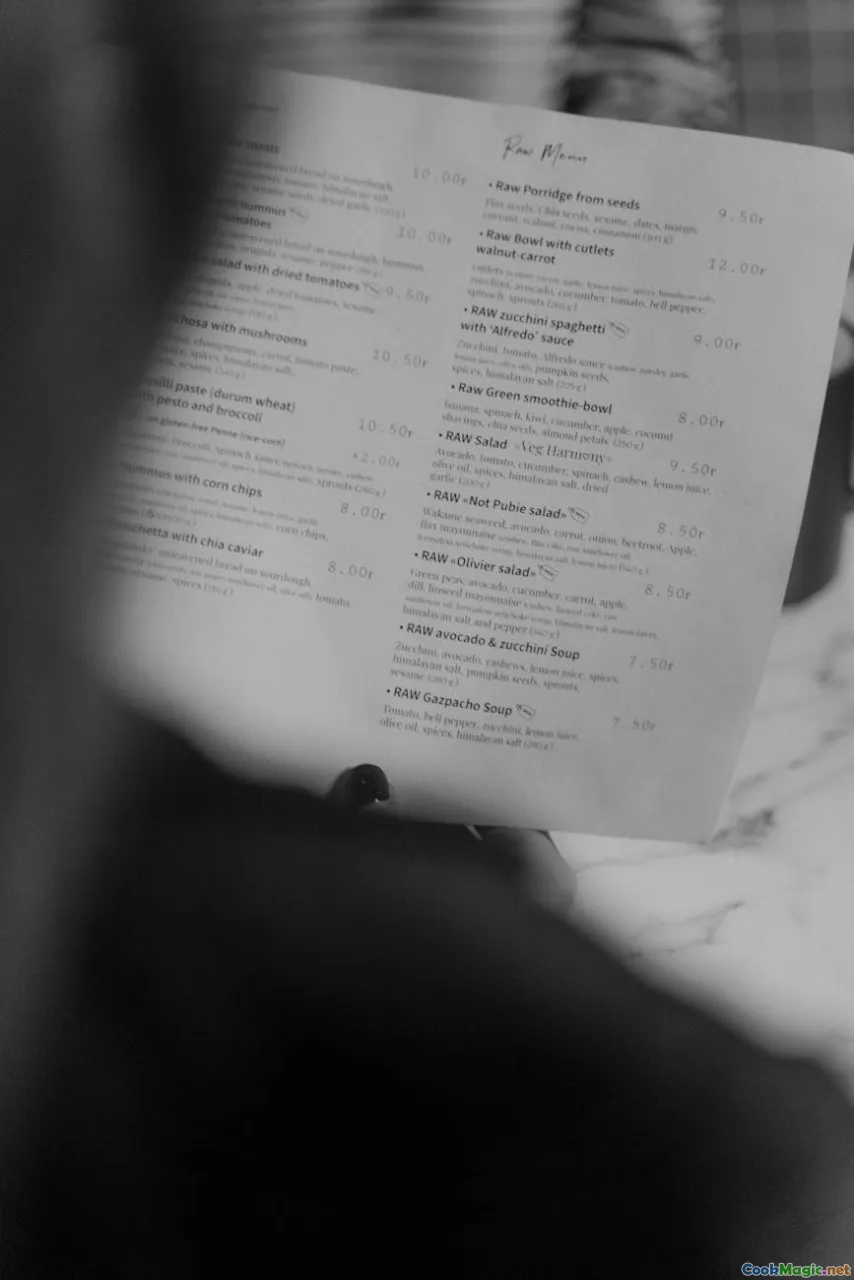
How Pet-Friendly Policies Affect Cafe Popularity
Imagine strolling down a sun-dappled street, the scent of freshly baked croissants and rich coffee lingering in the air. Suddenly, your heart lifts — a cozy café invites you in, and from the open patio, you hear gentle paws padding across the tiled floor and a happy wag of tails. This isn’t just a charming detail; it’s a reflection of a profound shift in coffee culture. Pet-friendly policies are transforming cafés into more than just places to sip and snack—they’re evolving into communities where humans and their furry companions share moments of connection, comfort, and routine.
In this article, we’ll explore the fascinating ways pet-friendly policies influence a café’s popularity. From cultural nuances and historical trends to emotional bonds and sensory experiences, we’ll uncover how our love for animals shapes modern café culture.
The Evolution of Café Culture and the Rise of Pet Acceptance
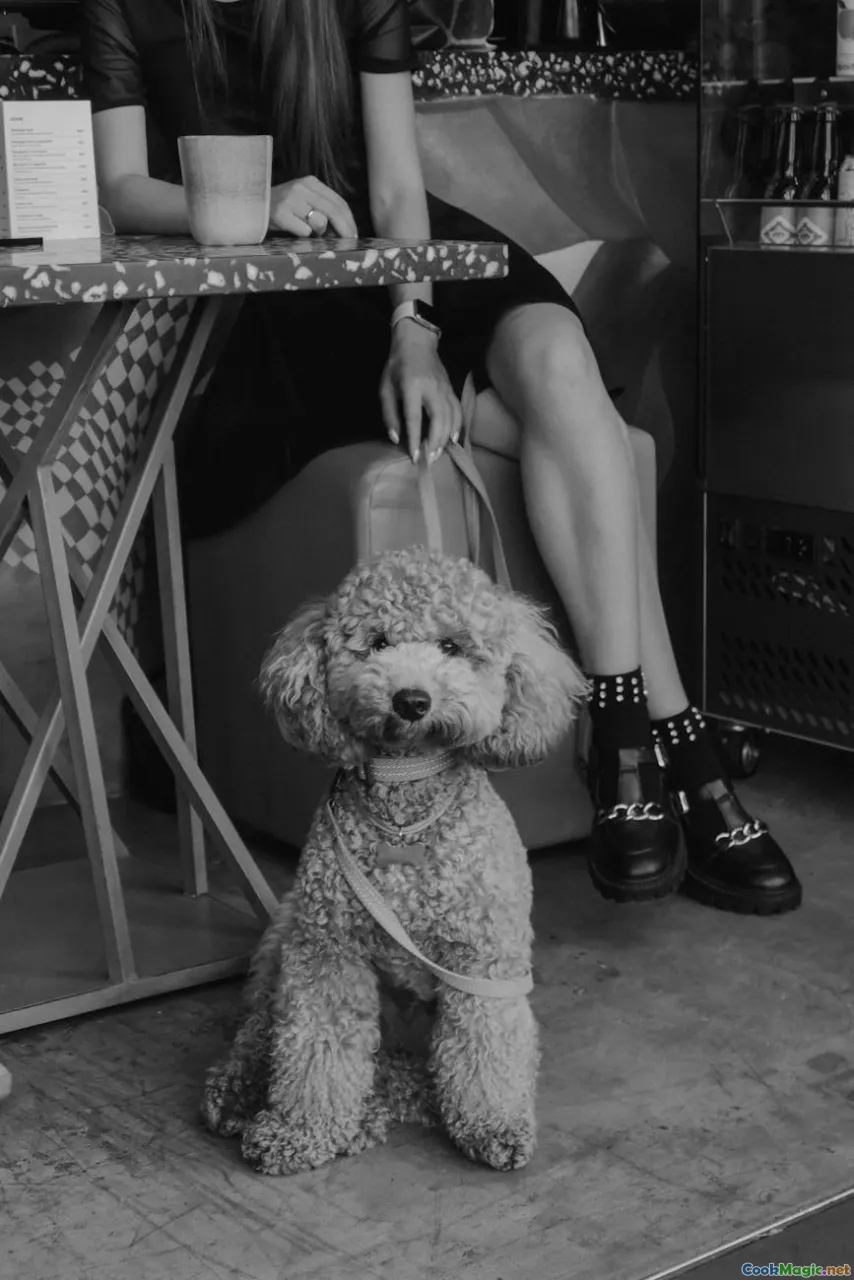
Historically, cafés have been sanctuaries of community and conversation—spaces where ideas are exchanged over steaming mugs and delectable pastries. Yet, for much of the 20th century, prohibition of animals inside cafés was standard; hygiene concerns and societal norms kept pets outside or in designated pet areas. However, in recent decades, this paradigm has shifted dramatically.
The rise of pet ownership—over 67% of U.S. households own a pet—and the increasing importance of pets as family members have pushed cafés to reevaluate their policies. In many countries, notably in Australia, parts of Europe, and increasingly across North America, pet-friendly cafés are now woven into the fabric of daily life.
Examples like Australia’s"
From Strict Boundaries to Heartfelt Inclusion
In cities like Melbourne, cafés such as The Local Brew have transformed from merely serving coffee to becoming pet-inclusive havens, recognizing that a dog-friendly environment fosters local loyalty and community spirit. These cafés provide water bowls, treats, and even special menus for pets, creating tactile and immersive experiences—for example, a warm, fluffy biscuit for a golden retriever or a savory pup-friendly stew aroma mingling with coffee beans.
This cultural evolution reflects a broader societal shift: a move toward inclusivity and shared joy.
How Pet Policies Boost Cafe Popularity: The Emotional and Social Appeal
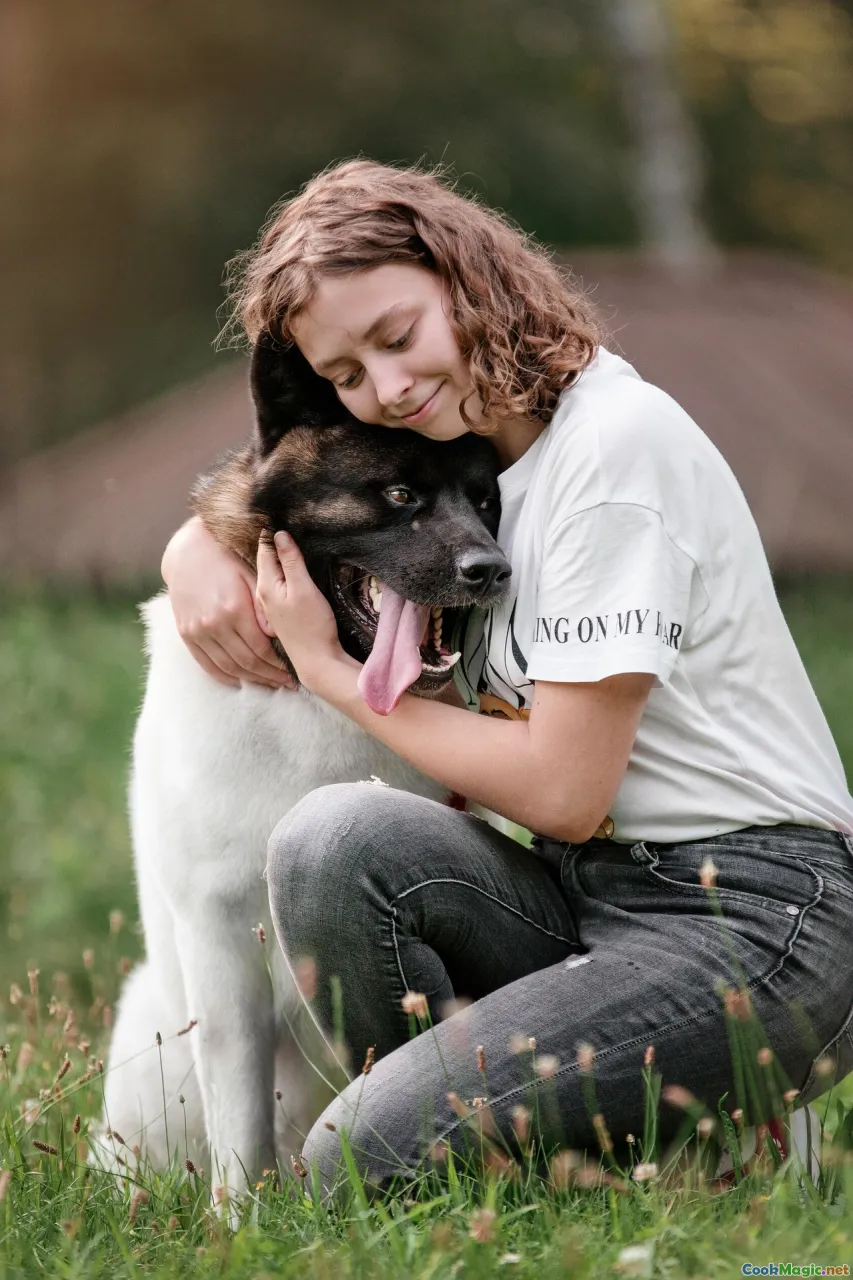
The impact of pet policies extends far beyond basic hospitality—it's deeply rooted in human psychology and emotional well-being.
Building Trust and Community
Many café owners report that allowing pets smooths social interactions. When patrons spot fellow owners chatting with their dogs or cats lounging beside tables, a sense of camaraderie blossoms. It’s not uncommon for pet owners to connect over their pets’ quirks—an Andalusian terrier’s obsession with chasing shadows or a tabby cat’s disdain for loud noise. These shared stories foster community bonds, underpinning customer loyalty.
Enhancing the Customer Experience
Imagine biting into a warm, flaky croissant, its buttery scent mingling with the fresh aroma of wet fur and pet-friendly cleaning products. Your dog eagerly laps water from a bowl while you sip a bold espresso, feeling a genuine connection with both the space and its inhabitants. For many pet owners, cafés that welcome their animals alleviate loneliness, reduce stress, and make visits more pleasurable.
Specific Dishes and Experiences
Some cafés capitalize on the pet-friendly trend with signature offerings: for example, Paws & Pastries crafts bespoke pet treats such as puppy waffles infused with fish broth or catnip-infused cookies. These curated culinary delights turn a simple coffee run into an immersive sensory journey—where taste and scent evoke warmth, comfort, and freshly baked contentment.
Comparing Pet-Friendly and Traditional Cafés: Which Attracts More Patrons?

Numerous studies support the claim that cafés with pet-friendly policies experience increased patronage, especially among specific demographics.
Customer Turnout and Retention
For example, a survey conducted in Portland, Oregon, found that pet-friendly establishments saw up to a 30% increase in repeat visits compared to non-pet-friendly counterparts. Owners of small breeds toward the window, with their tails wagging, are often less likely to leave hurriedly—the added comfort and inclusivity unlock longer stay times.
Visual and Atmosphere Impact
Guests describe a pet-friendly café as more lively and inviting. The playful clattering of dog collars, the contented sighs of cats basking in sunlight—these textures add vibrancy to the atmosphere, enticing passersby who crave a welcoming space.
Challenges and Balances
Of course, not all feedback is positive—the need for strict cleanliness and noise control can be tricky. Successful pet policies require clear guidelines, designated pet areas, and staff training. Yet, cafes that master this balance tend to cultivate passionate customer bases that appreciate the thoughtful integration of pets into local culture.
The Business Behind Pet Policies: From Niche to Mainstream

Focusing on economic viability, many entrepreneurs have turned pet inclusion into a competitive advantage. Passive marketing—such as Instagram posts featuring adorable dogs lounging on plush cushions or cats curled amid coffee cups—amplifies brand reach.
Building Branding and Identity
Cafés like Fur & Foam in London have built their identity around pet-friendliness—offering themed days like "Puppy Playdates" and "Kitten Cuddle Sessions." These features foster exclusive experiences that generate social media buzz, increasing foot traffic and community recognition.
Menu Innovation
Creative chefs develop menus that appeal to both humans and animals. For instance, a peculiar but beloved dish—"The Meow Mousse"—a chilled tuna pâté served with organic, pet-safe biscuits—coalesces culinary curiosity with authenticity.
Cross-Promotions and Events
Hosting pet adoption days, training workshops, and cozy pet birthday parties help cafés corner niche markets and diversify revenue streams.
Implementing Pet-Friendly Policies: Practical Tips and Considerations
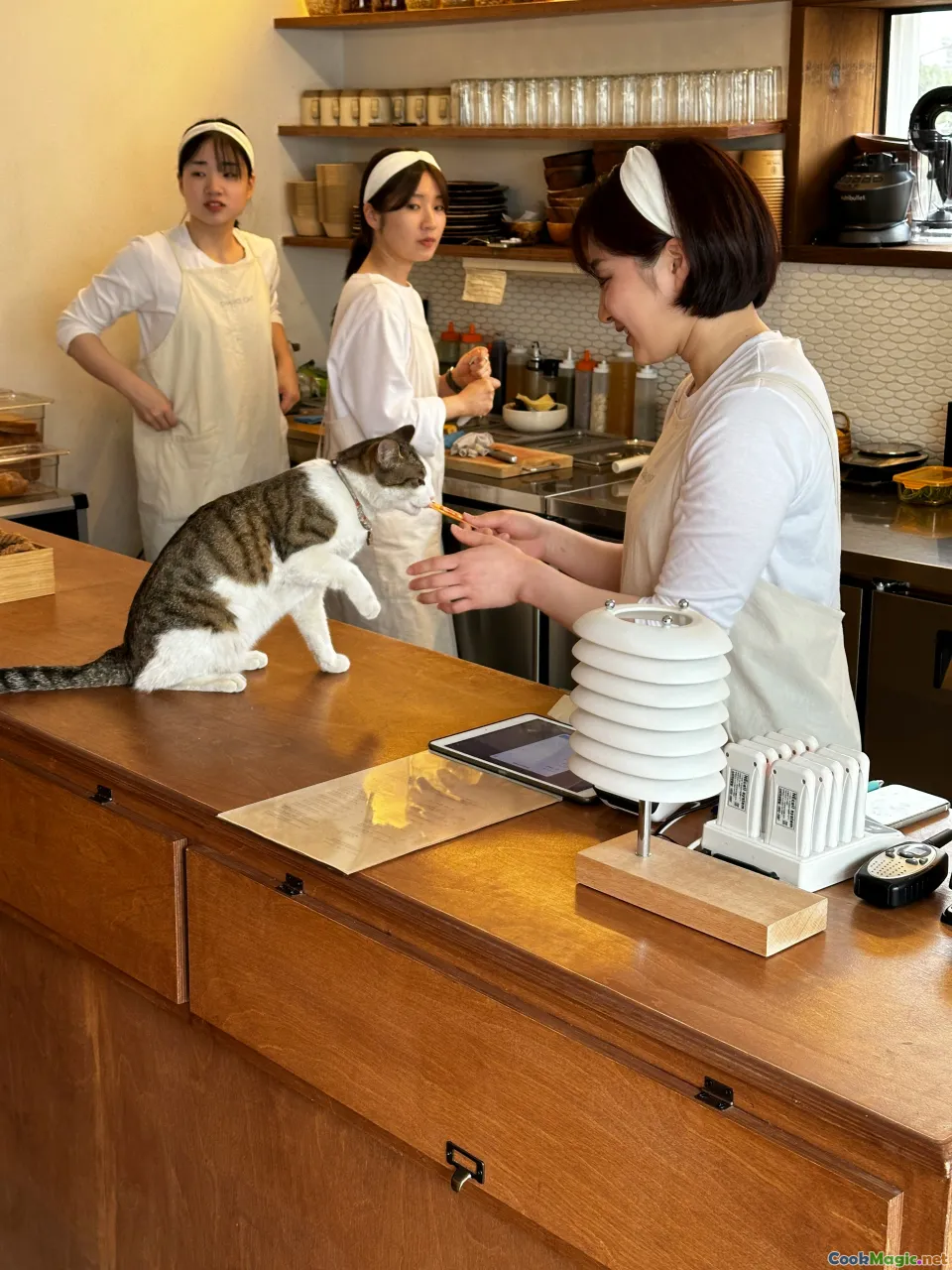
Transitioning to a pet-friendly environment requires careful planning.
Establish Clear Guidelines
- Pet behavior: Pets should be well-behaved and vaccinated.
- Designated areas: Separate zones for pets and non-pet guests if needed.
- Hygiene standards: Regular cleaning schedules, designated pet zones, and accessible outdoor spaces.
- Staff training: Empathy, pet safety, and conflict resolution.
Create a Welcoming Environment
Whether it’s providing plush mats, calming music, or pet-specific menu items, small touches enhance comfort.
Involve the Community
Soliciting feedback and involving regular patrons helps refine policies and build a sense of shared ownership.
Personal Stories: When Pets Steal the Show
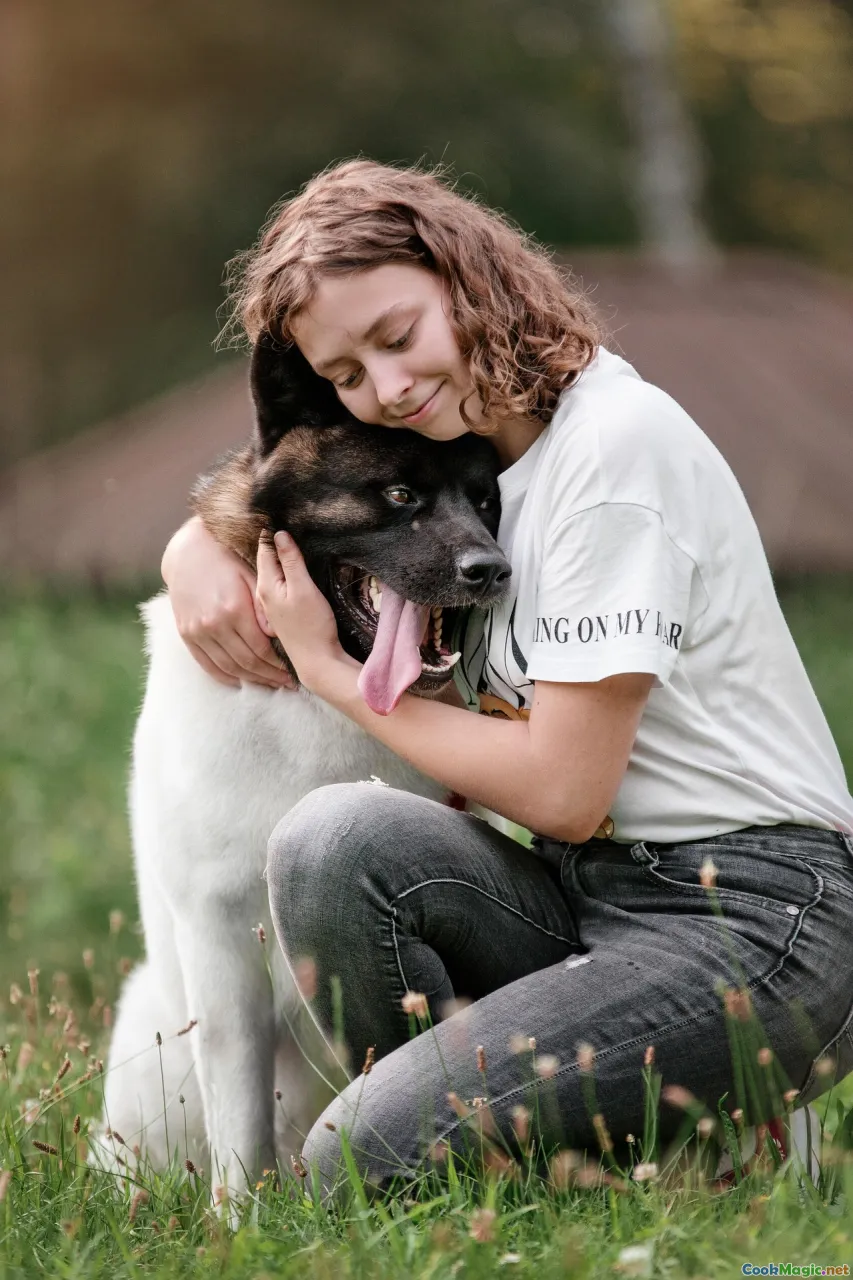
Take the story of Emma and her Labrador, Buddy, who visit their favorite café in Savannah almost daily. Over time, Buddy became as much a fixture as the barista’s morning smile. Emma recalls how customers waiting for their coffee would eagerly ask about Buddy’s latest adventure, with some even sharing pet tips and treats.
In a similar vein, in Tokyo’s popular Paw & Sip, a small café’s corner dedicated to pet portraits and playful interactions transformed regular visits into heartfelt stories. Pet owners often exchange portraits of their cats and dogs, creating a local mini-gallery.
The Cultural Tapestry: Pets as Living Symbols of Modern Values
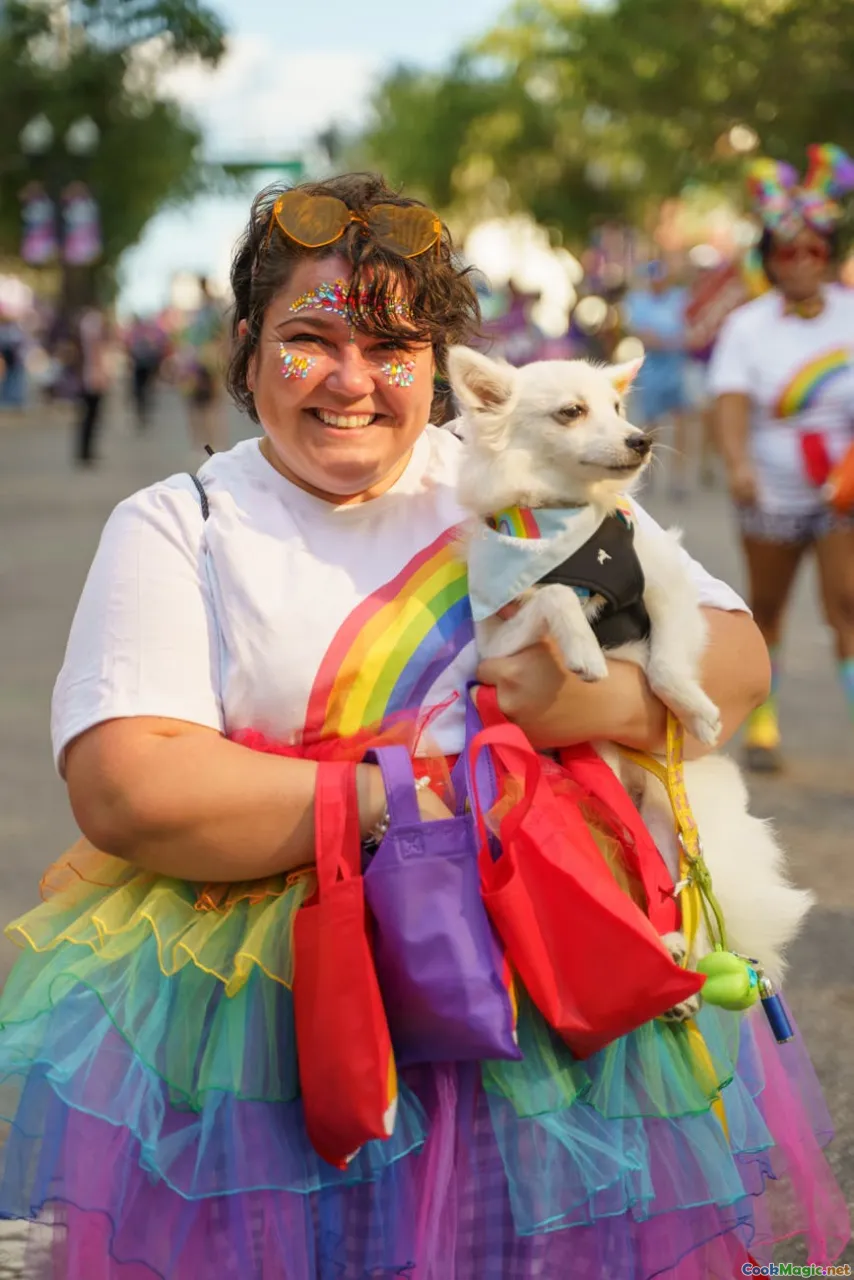
Across the globe, the integration of pets into café culture mirrors changing notions of community, family, and well-being. In Japan, "ino-kids" (pet-focused cafes) serve as shared human-pet therapeutic spaces amid dense urban life. In Scandinavian countries, a hygge-inspired approach emphasizes comfort, with cafes welcoming pets as an extension of living spaces.
This cross-cultural embrace underscores our collective shift towards valuing emotional health, inclusivity, and the simple joys of companionship.
Final Reflections: Brewing a Future of Inclusive Café Culture

The presence of pets in cafés is no longer a mere trend; it’s a testament to our evolving relationships with animals and our communal aspirations. Offering pet-friendly policies not only broadens a café’s appeal but also deepens its place as a social anchor—where barrels of coffee, wagging tails, and heartfelt conversations converge.
As we sip our coffee amidst the rustle of paws and purrs, we realize: the true flavor of a thriving café culture isn’t just in the brew but in the bonds we forge, often over shared bowls of water and warm smiles. Let’s toast to a future where every café is a warm nest for all friends—furred and human alike—celebrating beloved companionships that enrich our daily lives.









